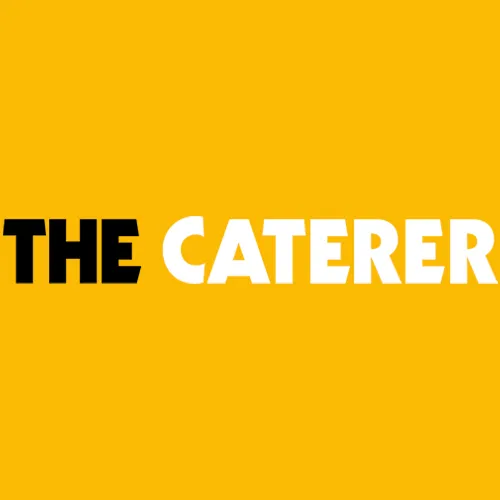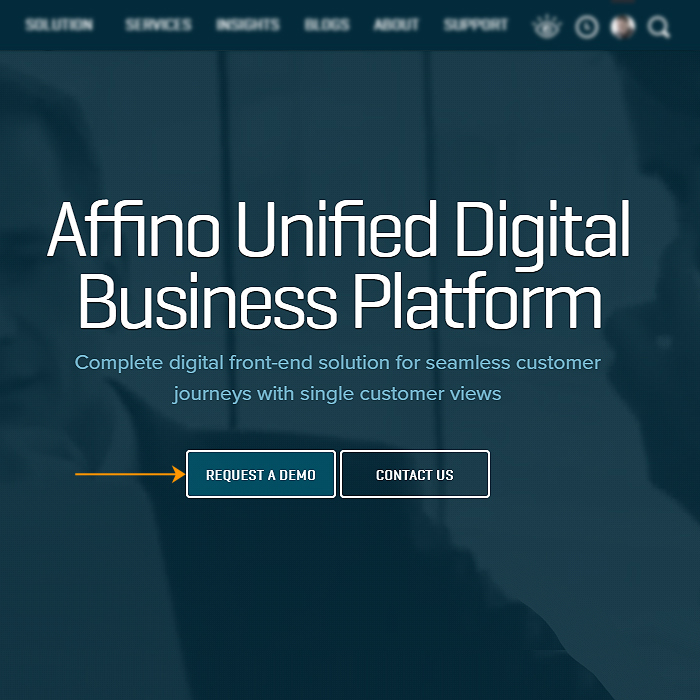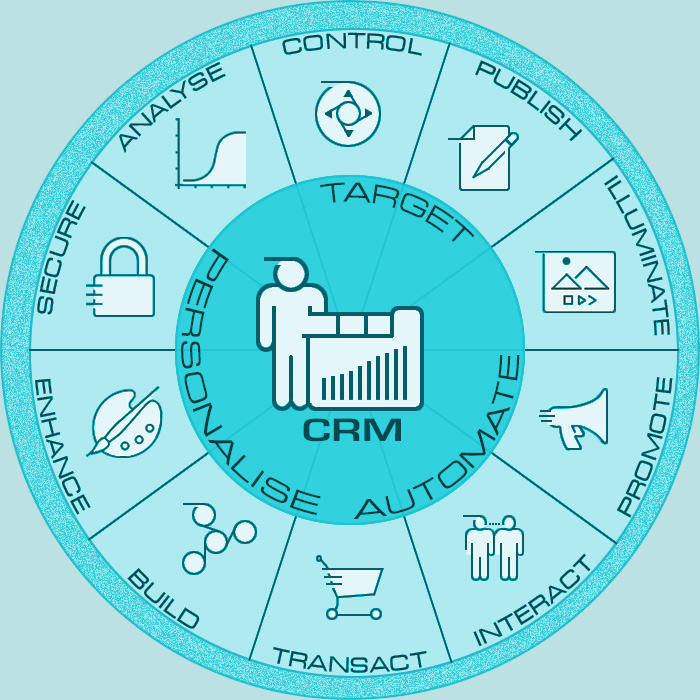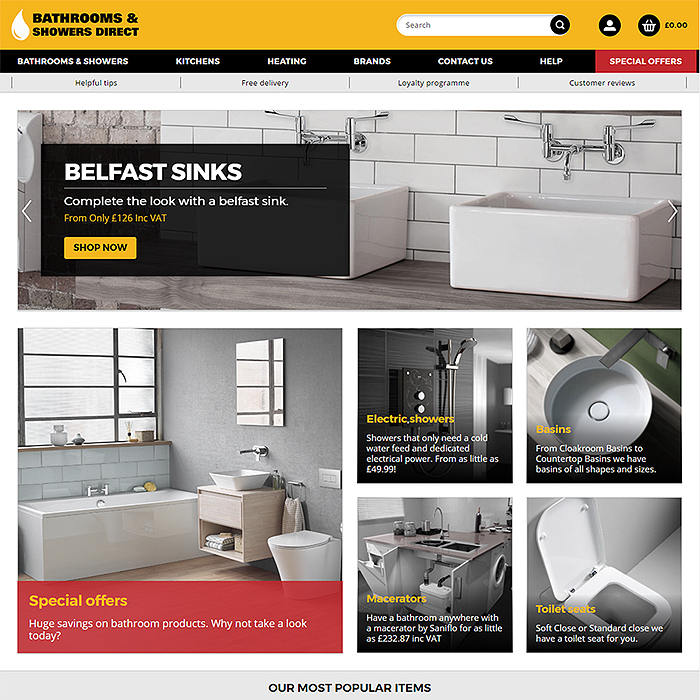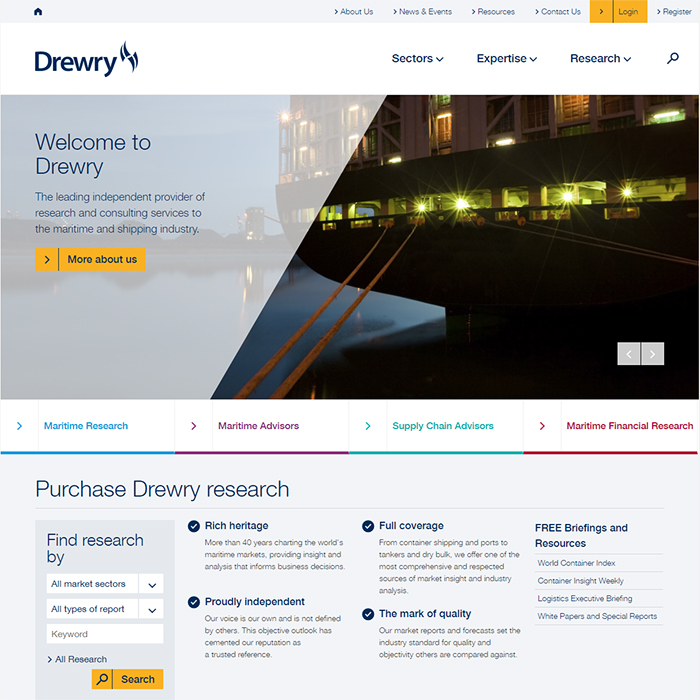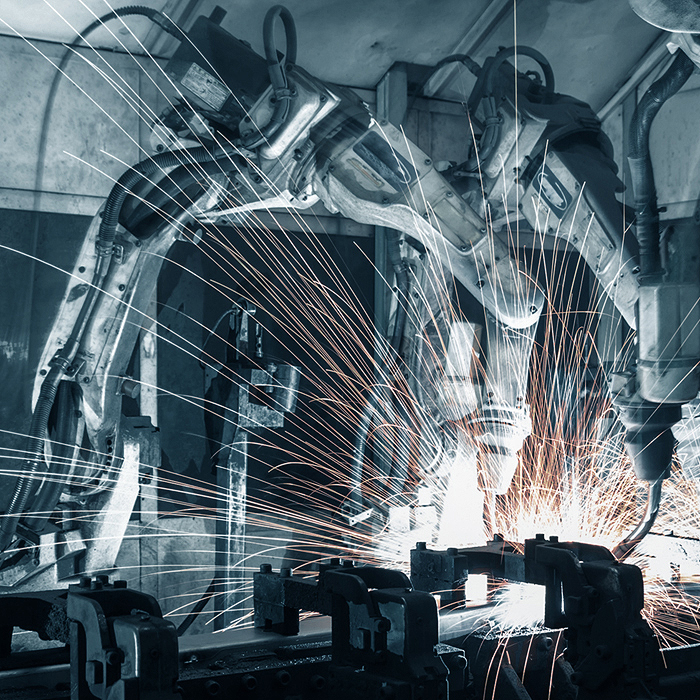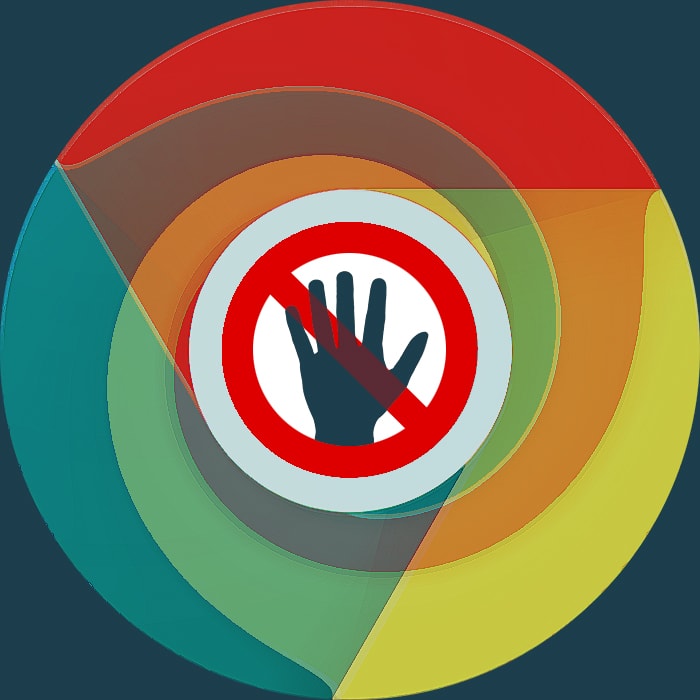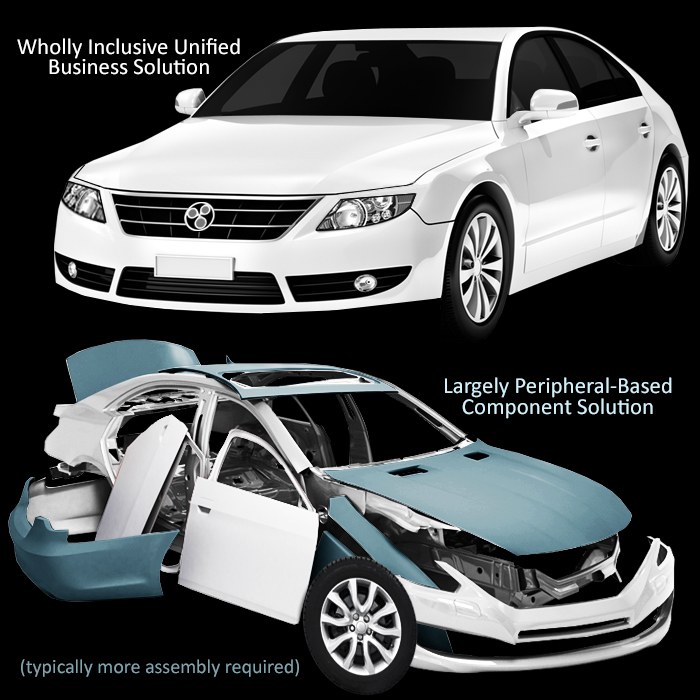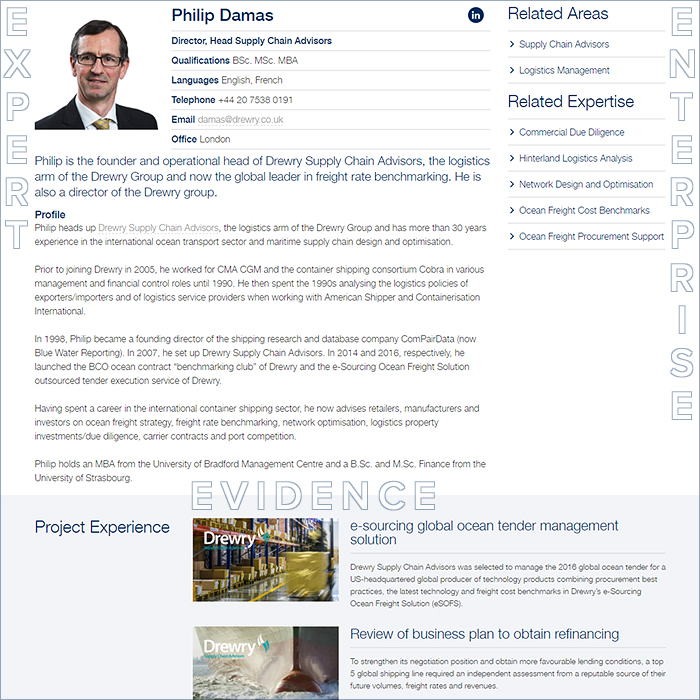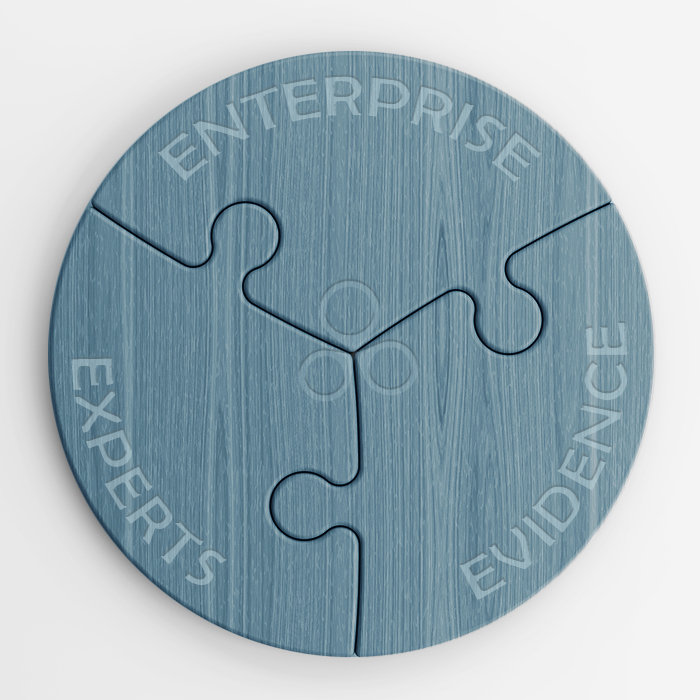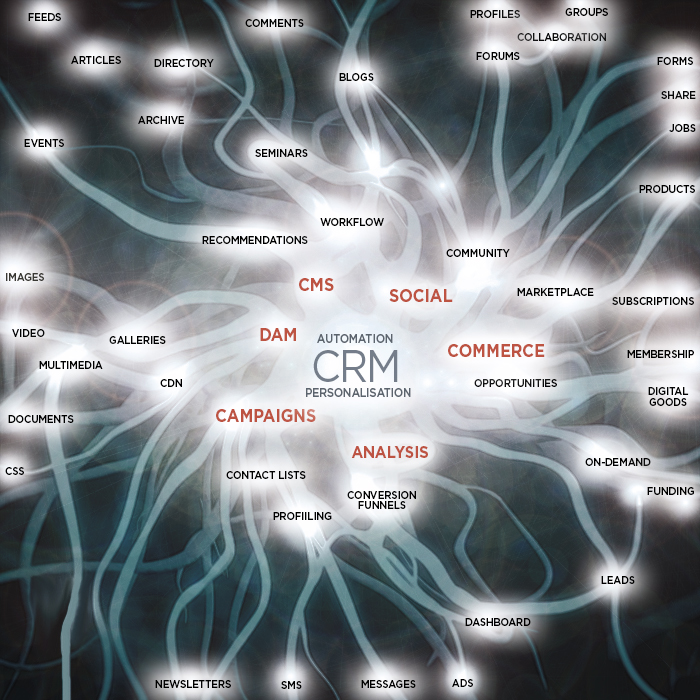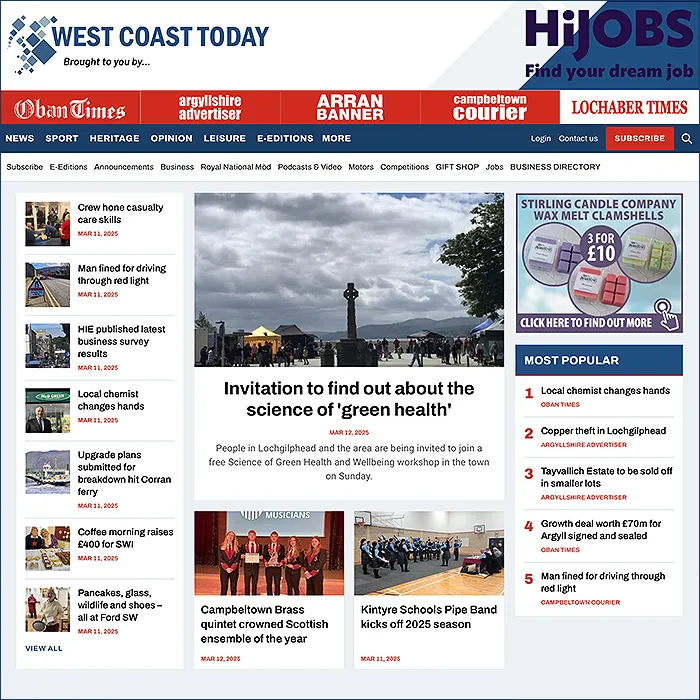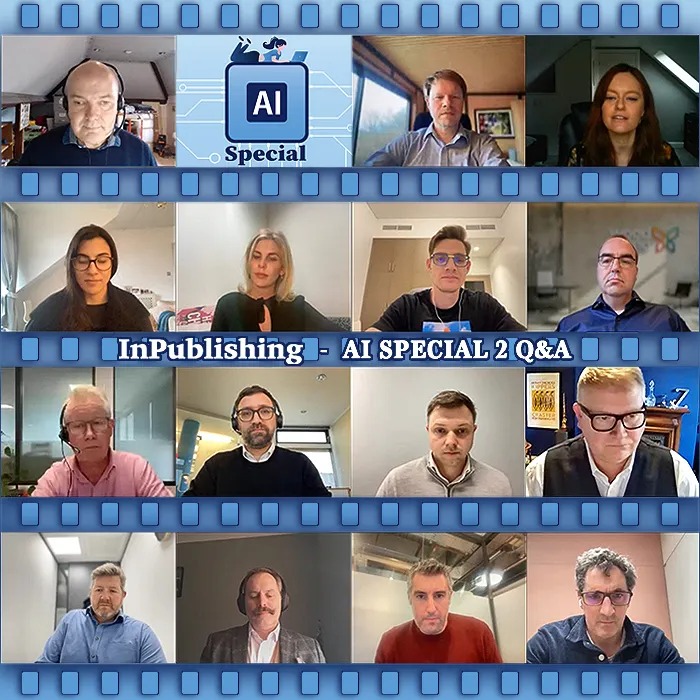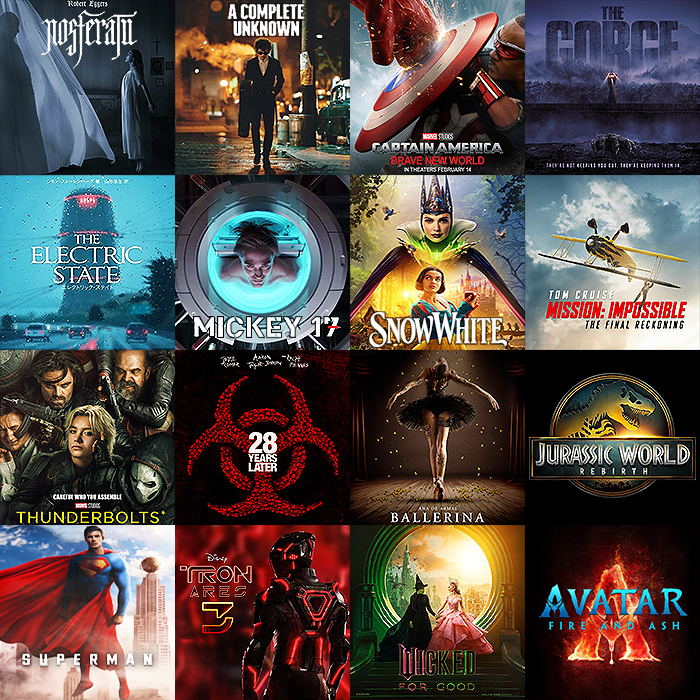Related Items Strategy

You can read about what Affino Related Items are (Manual + Automated) within the Dual Related Items feature piece. What’s more important really though is how you use them to extend engagement and add value to your site. Some of the purposes for Related Items are singular and simple, while others fit into much bigger patterns, possibly tracked and analysed by Conversion Events and Conversion Events Funnels.
But we will start with the fundamentals first:
Unifier
The original purpose of Related Items was simply to bring together disparate types of content all onto the same singular page / screen. So that a user could find everything relevant to a single subject on a single page. Affino allows you to pull together - Articles | Sections | Blogs | Campaigns | Channels | Contacts | Documents | Forums | Forum Threads | Mailing Lists | Media etc. - all in the same space.
Session Extender
Pulling related and relevant content together - if done properly - means it should hold some significant appeal to the customer / reader of the core article / item. Having lots of relevant related material should maintain their interest for longer and keep them onsite until sufficiently convinced to engage further with you - click on a call-to-action etc.
Proposition Reinforcer
This is a little like submitting a university paper - it is almost worthless without its appendices of relevant references. Same is the case here when you are postulating on some point or other / offer etc. - the more references you have - testimonials, use-cases and the like, the more it lends weight to the merit of the main argument.
Collateral Enhancer
This is very slightly different from reinforcement, this is rather presenting broader materials to give a better basis of context for the core article or item. So rather than strictly speaking reinforcement, this is more akin to ’further reading’ - which broadens the picture for the customer / reader.
Accessorizer
So if you’re selling a shirt - how about relating compatible ties and cuff-links. The Affino Prime Related Carousel Design Element is intended for just such a purpose. This is about increasing the size of the sale by broadening the scope of the offer.
Up-seller
Slightly different to Accessorizer, this is listing out related shirts possibly of a higher quality or other key differentiator - i.e. a higher-priced shirt - based on various value added critera.
Topicalizer
Auto-Related Items work entirely based on Topics assigned to content, and if articles share those Topics. Wherever there is a match you get a relationship formed between those two or more elements. Topics are typically used for Navigation / Filtering / Categorisation of content on one side, and many Clients run a separate hierarchy to establish relationships between like content. Based on your taxonomy hierarchy and how you implement those hierarchies against content, you can combine with User Topic Preferences / Personalisation for highly curated category groupings and pathways on and through the site.
Route Profiler
This is the most advanced use of Related Items and involves A/B type dual relationships - leading the customer down a specific route / journey / sequence of events. Here there are usually 2 very slightly different Related Items on each article and follow-on article/s - which are very tightly controlled, so you can run semi- multi-variant tests using different imagery and different nuances in vocabulary - in order to establish which is the more successful approach.
Related Items Strategy https://t.co/BMrJwuauLk
— Stefan Karlsson (@StefanComrz) July 4, 2017
Register to continue reading UNLIMITED articles
Complete a quick registration for unlimited access to Affino.com's latest industry news, insights, trends, and business advice, and to sign up to newsletters.
Did you find this content useful?
Thank you for your input
Thank you for your feedback
Featured Blogs
The Future of Music 2025
Upcoming and Former Events
Affino Innovation Briefing 2024
Webinar - Introduction to Affino's Expert AI Solutions - Session #2
Webinar - Introduction to Affino's Expert AI Solutions - Session #1
PPA Independent Publisher Conference and Awards 2023
Affino Contacts

Markus Karlsson

Quang Luong

Stefan Karlsson
Driving business at some of the world's most forward thinking companies
Meetings:
Google Meet and Zoom
Venue:
Soho House, Soho Works +
Registered Office:
55 Bathurst Mews
London, UK
W2 2SB
© Affino 2025

